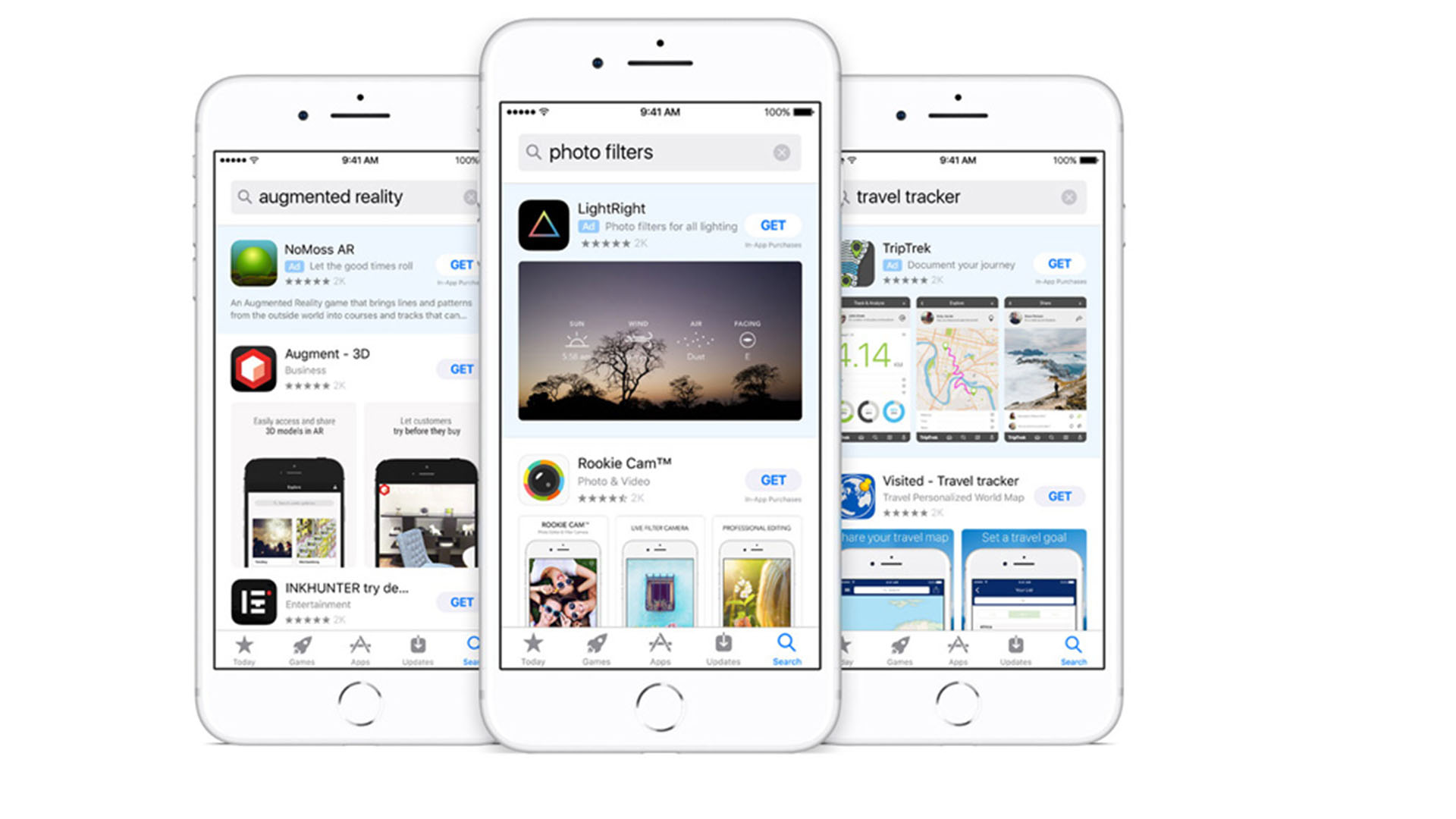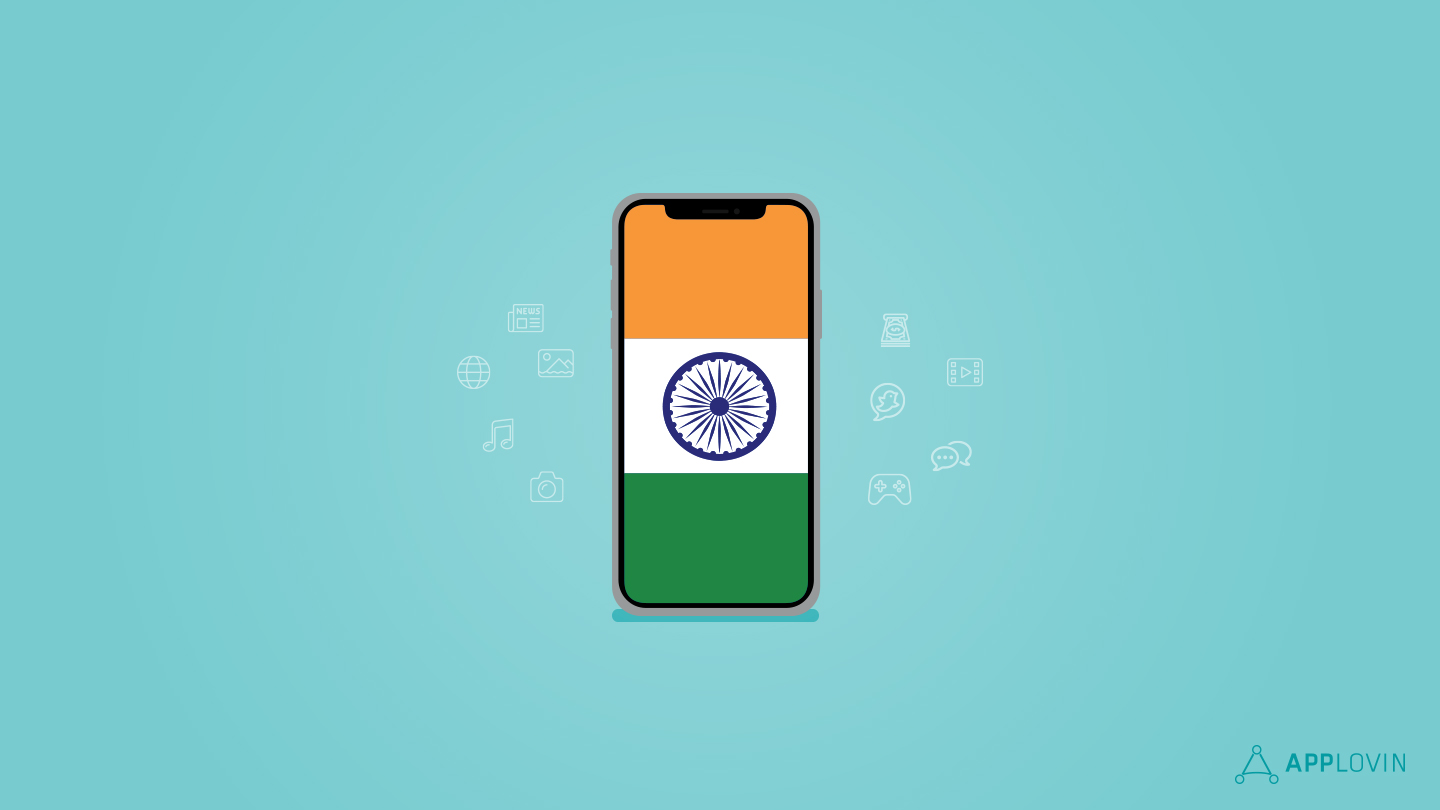Gaming, Industry News & Events, User Acquisition
Top 5 mobile gaming trends from GDC 2018
Mar 27, 2018

Gaming, Industry News & Events, User Acquisition

The Game Developers Conference is over, and now is a good time to take a step back to see exactly what trends we can anticipate for 2018. From monetization to UA to technological advancements, let’s take a look at what to expect from mobile gaming over the next year.
The dream of having a console-quality experience on mobile may finally be here. Most recently, games like PlayerUnknown’s Battlegrounds (aka PUBG) and Fortnite have given mobile players a chance to play across platforms. This is a big industry shift as mobile gamers in the US are getting accustomed to longer gaming sessions.
Phones are now powerful enough that console-quality graphics are possible, allowing game developers to create a unified experience across platforms. Epic Games CEO Tim Sweeney predicts a shift toward higher quality mobile games over the next year, catching up to the trend that’s been present in Asian countries for years.
Hard-core mobile games have typically been difficult for mobile developers to create, because touch controls require more thought than simply porting over a gamepad control scheme. When hard-core gaming on mobile takes off, we could see a resurgence in mobile gaming accessories like gamepads and battery banks to keep players juiced up.

Gaming’s toxic communities are nothing new, but continue to be a headache for game developers to police and control. Swatting, or a “prank” where a person makes a call to emergency services in an attempt to armed police to someone’s house, has grown out of control, resulting the death of a Kansas man in December 2017.
Cyberbullying also continues to plague gaming communities across mobile, console, and PC. Anonymity and competitive gameplay have created enough toxic communities that articles ranking the most toxic game communities and forum discussions about gaming’s toxicity are far too common.
The Fair Play Alliance was created to combat toxic game communities, and it hosted a summit during GDC. The goal of the Alliance is to fight trolls and bullies by sharing best practices for game developers to encourage healthy player relationships. Big names like Rovio, Blizzard, Epic, Riot, Supercell, and Twitch are all part of the organization.

AR and VR are still very much alive in the gaming space, but they face challenges with mass adoption. AR continues to be more popular than VR thanks to its lower hardware requirements and the fact that ARKit and ARCore are making it easy for developers to create AR experiences for mobile. VR remains an enthusiast’s platform with innovative games like Creed: Rise to Glory, a boxing game that put gamers into a literal boxing ring on the GDC show floor.
Google was at GDC showing off games built on its ARCore platform. My Tamagotchi Forever lets players raise virtual pets and interact with them in the real world while e-commerce apps like Pottery Barn 360 and IKEA Place allow buyers to virtually place furniture in their homes to help make shopping decisions from the comfort of home.
That’s not to say that VR is dead in the water. The platform has potential, but hardware needs to catch up first. “VR is still important—we see interest in it—though it’s true that the VR hardware has not become as popular as some people hoped, which often happens early in the life cycle of technologies,” said UMB EVP Simon Carless, speaking to Yahoo Finance. VR headsets like the Oculus Rift and HTC Vive are becoming cheaper and will eventually go wireless, but we’re still not at the point where VR will become mainstream any time soon.

Developers big and small are facing a tough time for getting their mobile games discovered. It’s strange to think that big studios have difficulty getting discovered in app stores, but the market is so crowded and competitive that everyone is now fighting to be noticed.
With the mobile game market so saturated, it’s more important than ever to have a solid user acquisition strategy. Combined with organic growth vectors like app store optimization (ASO), SEO, and word of mouth, mobile game devs will have to craft a UA strategy to find users.
Over the last year, we’ve seen large studios begin to lose out to smaller game developers who do UA better. Hyper-casual games in particular have shaken up the App Store’s Top Free charts consistently. Hyper-casual game developers like Voodoo have several games in the Top Free charts thanks to the simple, addictive nature of the genre and effective cross-promotion.

With most developed markets nearly saturated, mobile game devs are now looking at the opportunity to appeal to the next billion gamers. India in particular was a huge focus at GDC, with topics like the importance of proper localization (beyond simply translating text) as well as understanding the specific things that make the Indian mobile games market unique. For example, India has skipped over the PC and console revolution, jumping straight to mobile gaming. As a result, game developers must consider the difficulty curve for first time players in India who haven’t had decades of experience with game mechanics on PC and console.
China was also a focus at GDC 2018, with Western mobile game developers hoping to break into the market there. However, China offers its own challenges with a market dominated by internet giants like Tencent, Baidu, and NetEase. Mobile developers will have to work closely with publishers in China in order to get games properly localized and promoted. Furthermore, ASO tools and strategies that work in the West will not work in China due to its fragmented Android app store market. But with Android making up nearly 80% of the Chinese mobile OS market, these are difficulties that must be faced by developers hoping to break into the region.
For mobile game developers, the main message is clear: Mobile gaming continues to grow across the world, and you’d better be ready to adapt to changes quickly. Mobile phones have gotten so powerful that console-like gameplay is now finally possible, which will change user behavior. Innovative VR and AR experiences can still be had on mobile, but VR will remain an enthusiast’s platform due to its high cost and clunky hardware.
Mobile gaming will become increasingly global, and developers will have to find out how to bring their games to specific regions around the world instead of relying on “global” versions that fail to appeal to specific audiences. These challenges are not insurmountable, but they do require new strategies.